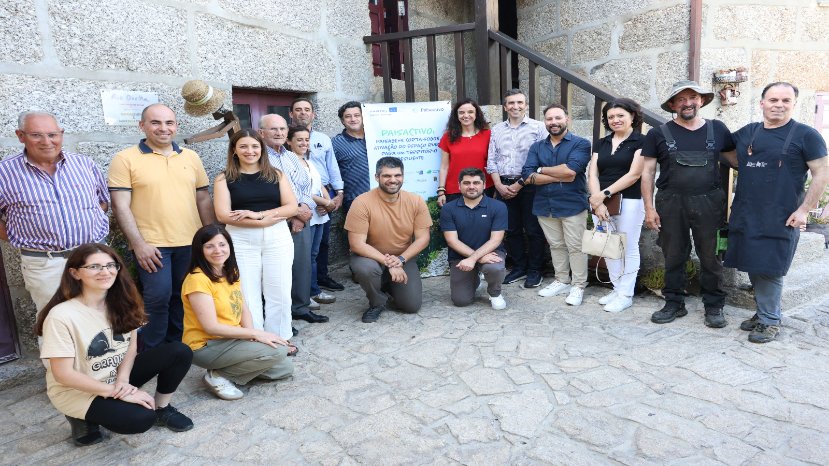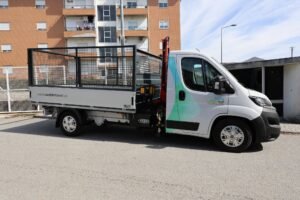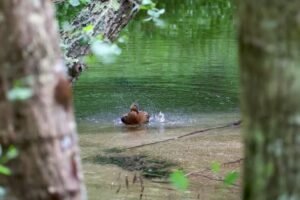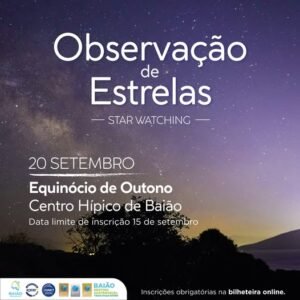On 28 May, the village of Almofrela hosted an innovative event that brought together science, the community and local stakeholders in a day dedicated to promoting natural resources and developing a participatory land-use plan on the theme of ‘Soil processes after a fire’.
This initiative was carried out as part of the PAISACTIVO cross-border project and promoted by the Municipality of Baião and the Faculty of Arts of the University of Porto. It brought together experts, institutional representatives and agents from Galicia and Northern Portugal.
The first part, which involved technicians from the Municipality of Baião, the Intermunicipal Community of Tâmega and Sousa, the Faculty of Arts of the University of Porto, the University of Santiago de Compostela and the Juan de la Vega Foundation, was dedicated to raising awareness of the effects of fires on the soil, with practical and theoretical sessions on the soil and its properties; soil analysis techniques and measures to mitigate soil degradation;
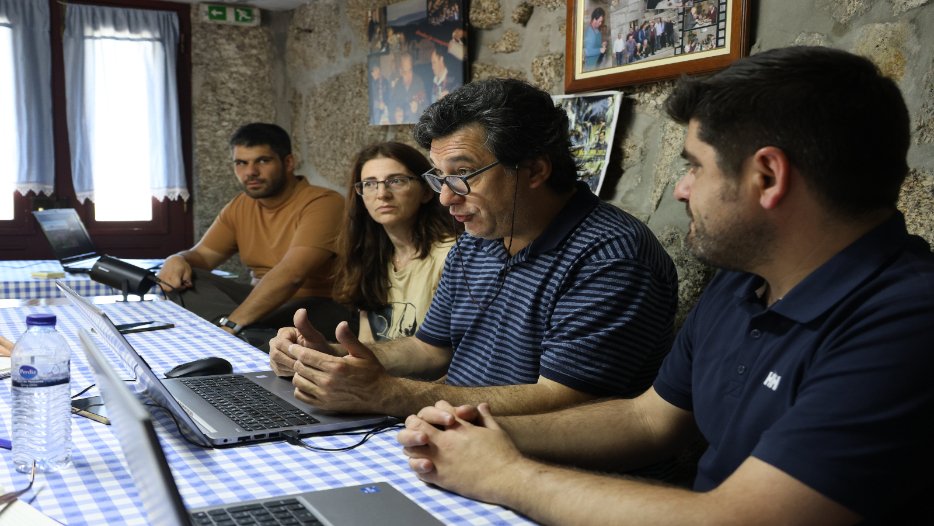
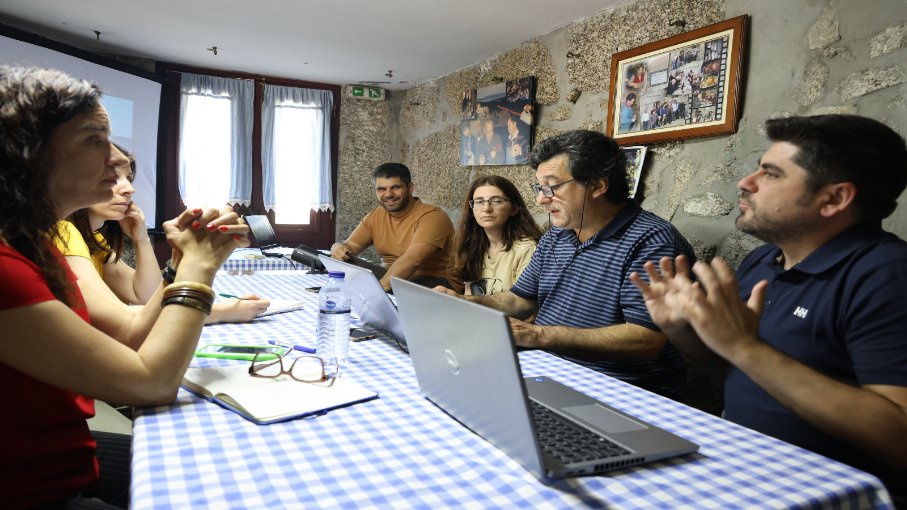


The participants visited the village to assess its idiosyncrasies in order to better outline strategies for protecting local ecosystems. They concluded the first part of this meeting with a demonstration of good mitigation practices, such as the use of mulching, a technique that consists of covering the soil with materials such as straw, fibres, leaves or tree bark, helping to maintain moisture, protect roots, control weeds and regulate soil temperature.
LOCAL STAKEHOLDERS REFLECTED ON THE FUTURE OF ALMOFRELA
In the second part of the initiative, a meeting was held with local stakeholders, including municipal and supra-municipal entities, landowners, agents from the agroforestry sector, the resident population, livestock farmers, civil protection agents, technicians and researchers linked to forestry and soil issues, among other actors in this territory.
The aim was to hear the various perspectives on the present and future of the village of Almofrela through a dynamic exchange of ideas that sought to gather direct contributions from the community for the construction of a model territorial plan, integrating multiple perspectives on the present and future of the village.
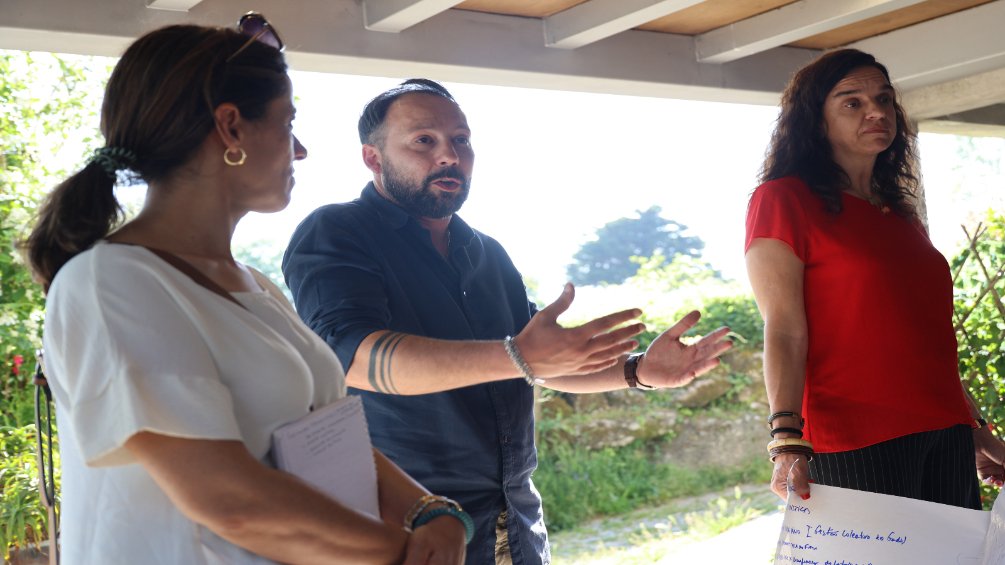
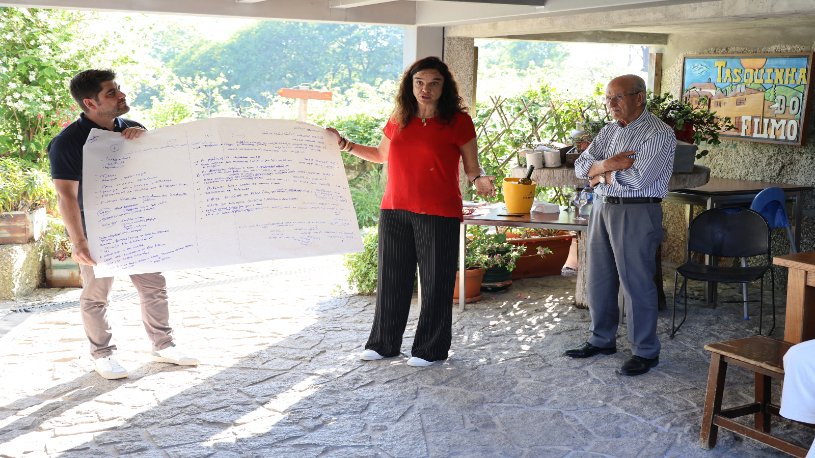
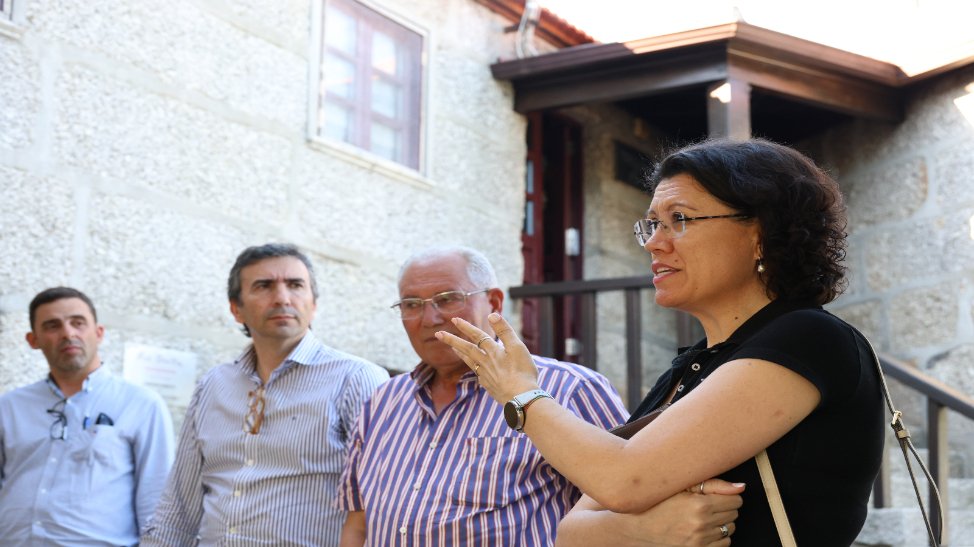
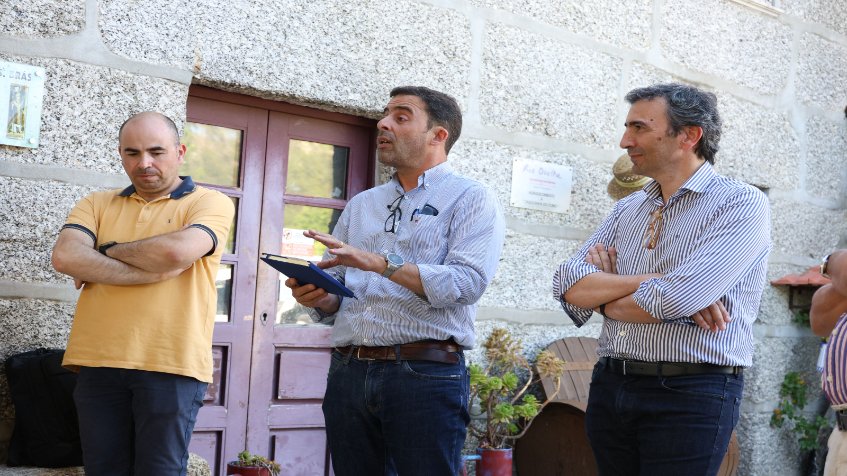
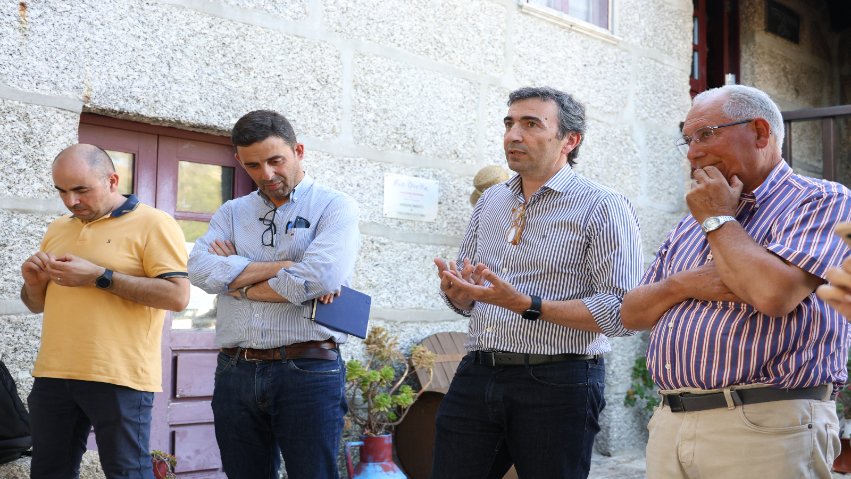
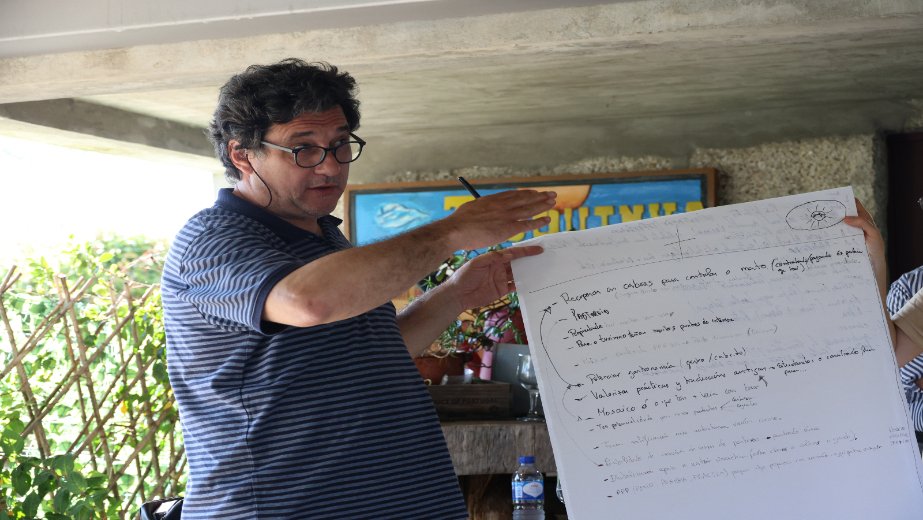

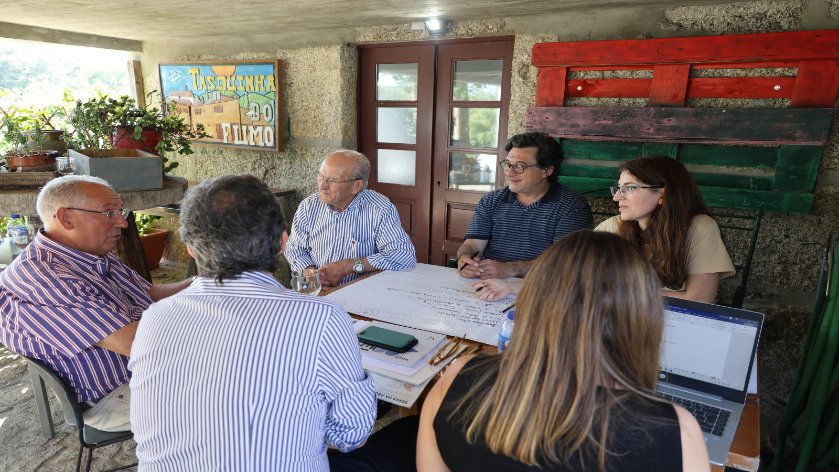


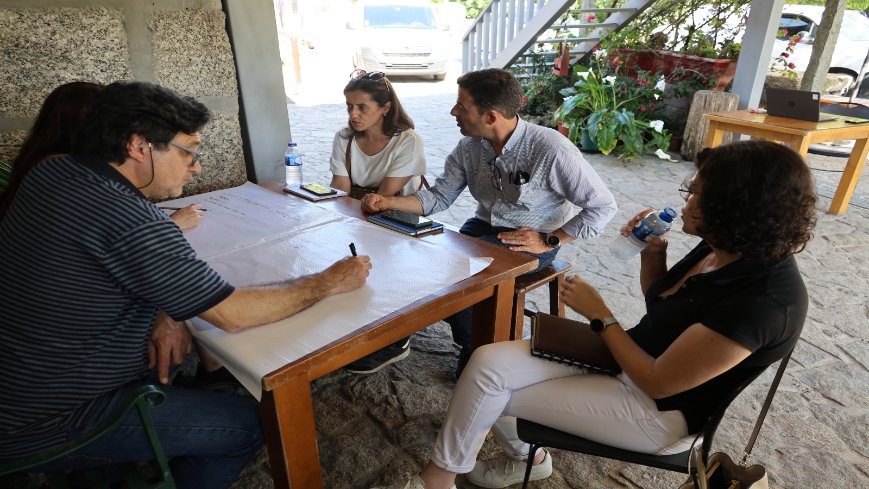
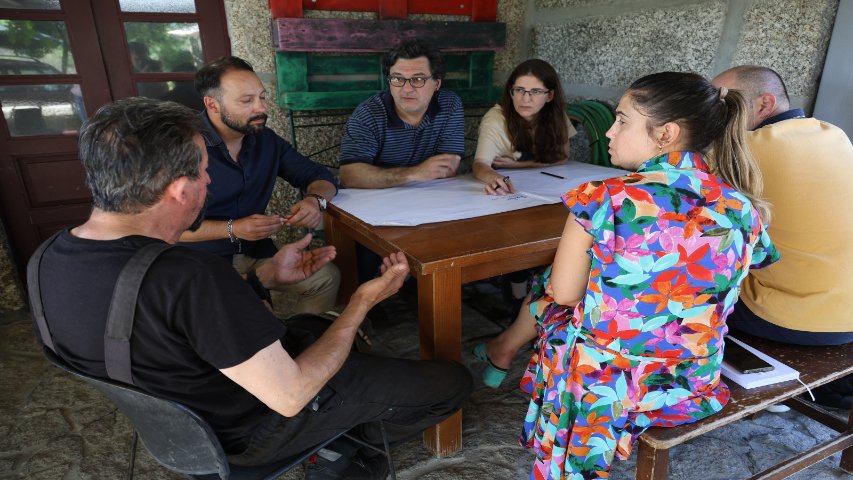
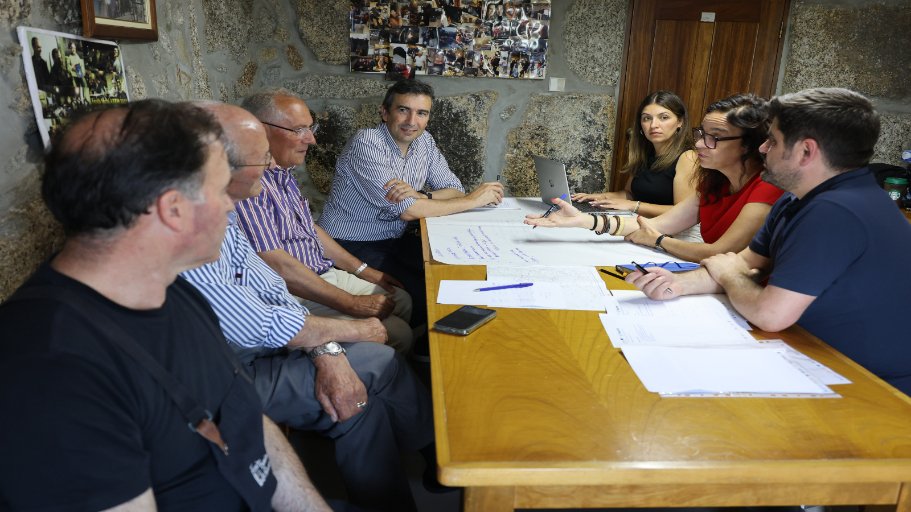
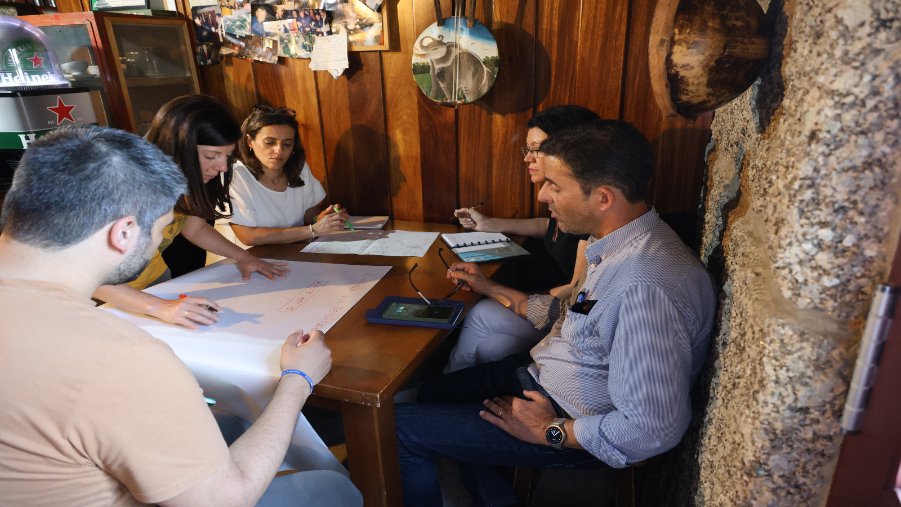
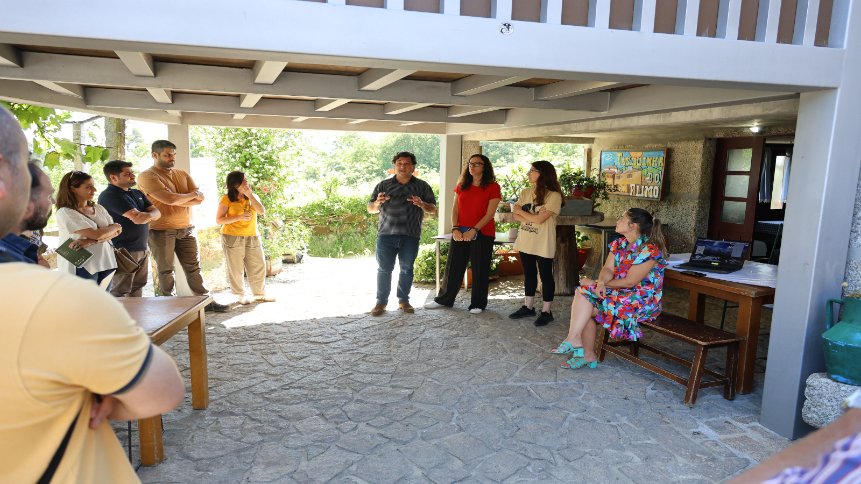
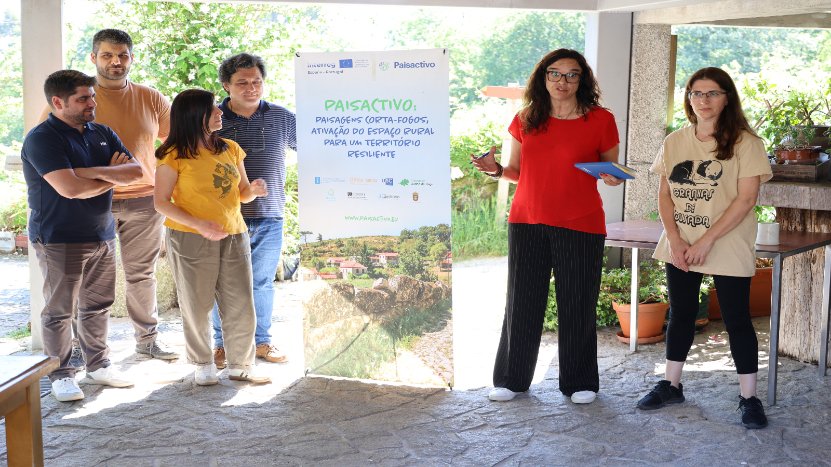

The methodology followed several rounds of reflection, such as the territory in general, in the context of Northern Portugal, the village’s surroundings as a productive space, and the village itself, focusing on the management of public space, services, access, housing, transport, and local value chains.
Through structured brainstorming (exchange of ideas), the economic, heritage and environmental values of the territory were analysed, as well as the main challenges and opportunities faced.
This dynamic included a SWOT analysis (Strengths, Weaknesses, Opportunities and Threats), promoting critical reflection that allowed the main challenges and potentialities of the territory to be identified.
The participants identified specific needs and discussed feasible intervention actions, always based on empirical knowledge and direct involvement with the territory.
Among the topics discussed were the enhancement of heritage, economic and environmental resources; the identification of the most active leaders and actors in the territory; reflection on existing services, mobility, land use and productive dynamics; and proposals for sustainable intervention appropriate to local needs.
The closing session featured three presentations systematising the participants’ contributions.
These will serve as the basis for the creation of a model territorial plan for Almofrela, which will be an intervention guide developed in conjunction with the community.
This plan, produced by academics from the Faculty of Arts of the University of Porto and the University of Santiago de Compostela, aims to respond to the real needs of the population and enhance local specificities, strengthening the link between science, public policy and traditional and ancestral knowledge.
FORMER SCHOOL IN ALMOFRELA TO BECOME MULTIPURPOSE SPACE
As part of this cross-border cooperation project, the former school in Almofrela, located in the Union of Parishes of Campelo and Ovil, is being converted into a new multipurpose space dedicated to social cohesion and community dynamism. The total area of the new infrastructure will be 278 m², more than triple the previously available usable space.
This facility will function as a centre for access to digital services and a platform, connecting the village and the neighbouring Serra da Aboboreira.
Integrated into the ‘Model Territorial Plan for the Village of Almofrela’, the new space will play a central role as a forum for coordination between different levels of intervention, also serving as a workplace and providing various services, such as management and logistics, as well as disseminating relevant information to the population and visitors.
In addition, this centre will welcome visitors, tourists, researchers and others interested in learning about both the village and the Serra da Aboboreira.
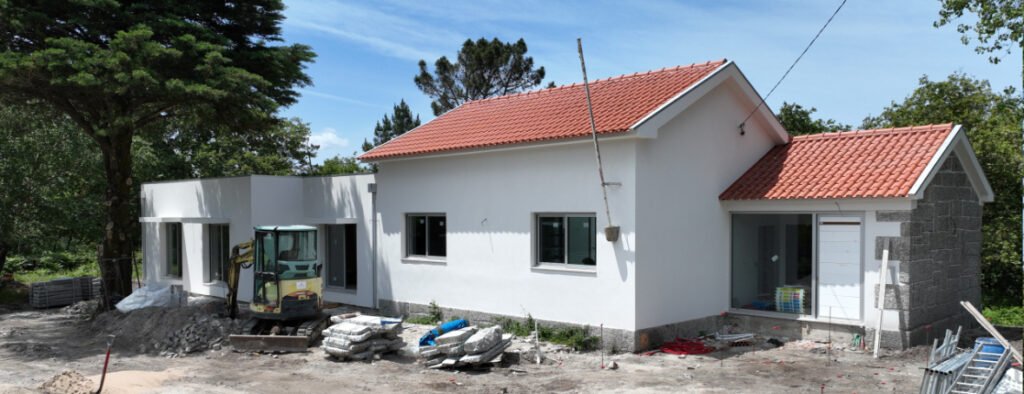
THE “VILLAGE CONDOMINIUM” PROGRAM PROTECTS VILLAGES LOCATED IN VULNERABLE FOREST TERRITORIES
Also in Almofrela, the Municipality of Baião is carrying out an intervention as part of the “Village Condominium” program.
With the main objective of enhancing and safeguarding rural areas through the promotion of sustainable land management and the mitigation of forest fire risk, this programme aims to reduce the risk of fire spread, protect people, animals and property, while promoting biodiversity.
This programme is part of a broader territorial approach, coordinated by the Intermunicipal Community of Tâmega and Sousa, which also includes interventions in the villages of Lameirão (Gôve) and Calvos (Loivos da Ribeira), as well as other villages in the municipalities of Cinfães, Resende and Marco de Canaveses, covering a total of fourteen locations.
The villages of Eiras (in the Union of Parishes of Santa Cruz do Douro and São Tomé de Covelas), Ermida (in the Parish of Valadares) and Outoreça (in the Union of Parishes of Campelo and Ovil) will also be targeted for intervention and are currently in the application phase.
PAISACTIVO is a project co-financed by the Interreg Spain-Portugal programme – POCTEP (Spain-Portugal Cross-Border Cooperation Operational Programme) and brings together partner entities from both sides of the border, such as the Municipality of Baião, the Intermunicipal Community of Tâmega e Sousa, the University of Porto, the Directorate-General for Territory, the University of Santiago de Compostela, the Juana de Veja Foundation, the Municipality of Monterrei and AGADER – Galician Agency for Rural Development, the entity leading the project.
Find out more about this project here .
